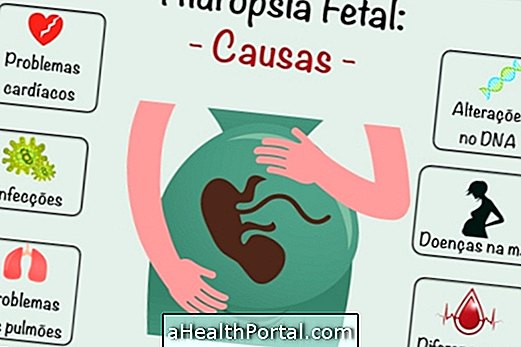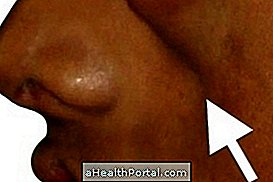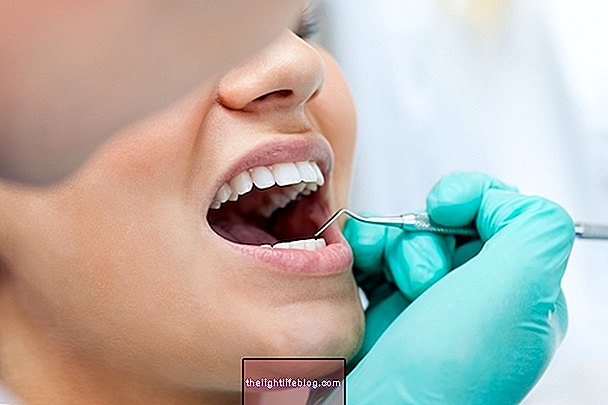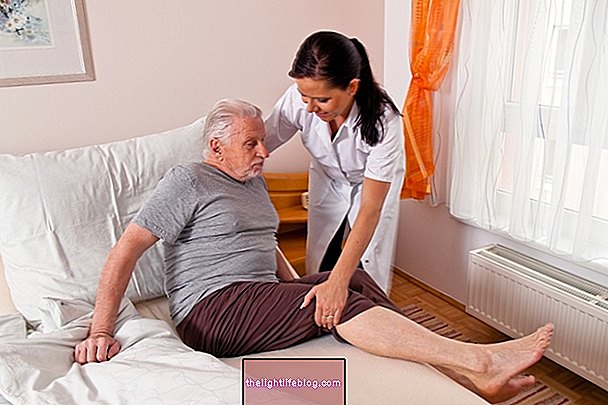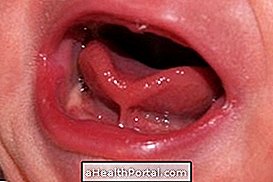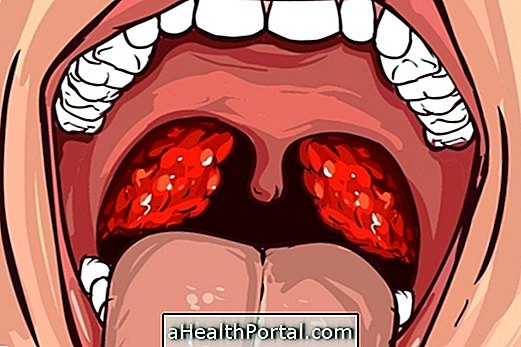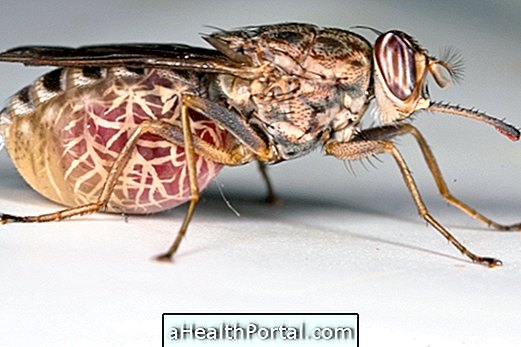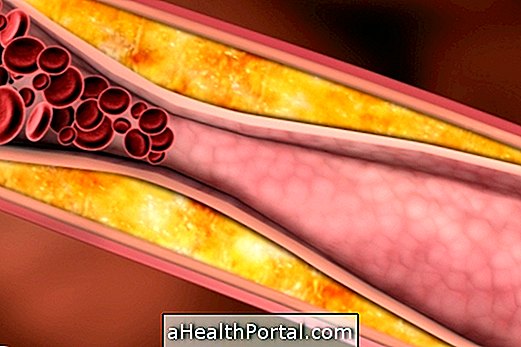Hypophosphatasia is a rare genetic disease that especially affects children, which causes deformations and fractures in some regions of the body and premature loss of milk teeth.
This disease is passed on to the children in the form of genetic inheritance and has no cure, being the result of alterations in a gene related to the calcification of the bones and development of the teeth, impairing the mineralization of the bones.
Major Changes Caused by Hypophosphatasia
Hypophosphatasia can cause various changes in the body including:
- Emergence of deformations in the body such as elongated skull, enlarged joints or reduced body height;
- Appearance of fractures in several regions;
- Premature loss of milk teeth;
- Muscle weakening;
- Difficulty breathing or speaking;
- Presence of high levels of phosphate and calcium in the blood.
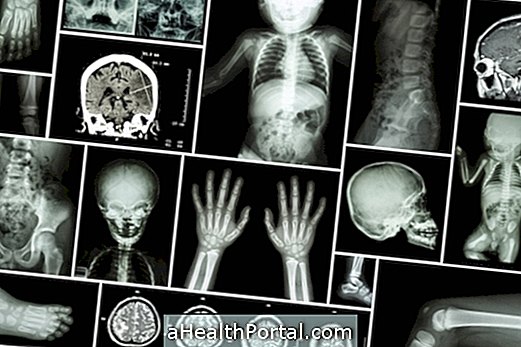
In less severe cases of this disease, mild symptoms such as fractures or muscle weakness may only appear, which may cause the disease to be diagnosed only in adulthood.
Types of Hypophosphatasia
There are different types of this disease, which include:
- Perinatal hypophosphatasia - is the most severe form of the disease that arises soon after birth or when the baby is still in the mother's belly;
- Childhood hypophosphatasia - that arises during the first year of the child's life;
- Juvenile hypophosphatasia - appearing in the child at any age;
- Adult hypophosphatasia - which only appears in adulthood;
- odonto hypophosphatasia - where there is premature loss of milk teeth.
In more severe cases, this disease can even cause the death of the child and the severity of the symptoms varies from person to person and according to the type manifested.
Causes of Hypophosphatasia
Hypophosphatasia is caused by mutations or changes in a gene related to bone calcification and tooth development. In this way, there is a reduction of the mineralization of the bones and teeth. Depending on the type of the disease, it can be dominant or recessive, being thus passed on to the children in the form of genetic inheritance.
For example, when this disease is recessive and if both parents have a single copy of the mutation (mutation but do not show symptoms of the disease), there is only a 25% chance that the children will manifest the disease. On the other hand, if the disease is dominant and if only one parent has the disease, there may be 50% or 100% chances that the children are also carriers.
Diagnosis of Hypophosphatasia
In the case of perinatal hypophosphatasia the disease can be diagnosed by performing an ultrasound, where deformations can be detected in the body.
On the other hand, in the case of childhood, juvenile or adult hypophosphatasia, the disease can be detected by means of radiographs where several skeletal changes caused by the deficiency in the mineralization of bones and teeth are identified.
In addition, in order to complete the diagnosis of the disease, the doctor can also ask for urine and blood tests, and there is also the possibility of performing a genetic test that identifies the presence of the mutation.

Treatment of Hypophosphatasia
There is no treatment to cure hypophosphatasia, however some treatments such as physical therapy for posture correction and muscle strengthening and redoubled care in oral hygiene can be indicated by the pediatrician to improve the quality of life.
Babies with this genetic problem should be followed from birth and usually need to be hospitalized. Follow-up should be extended throughout life so that your health status can be regularly assessed.


